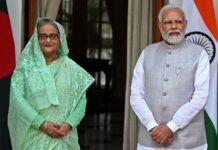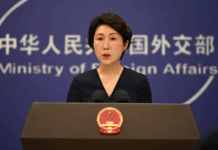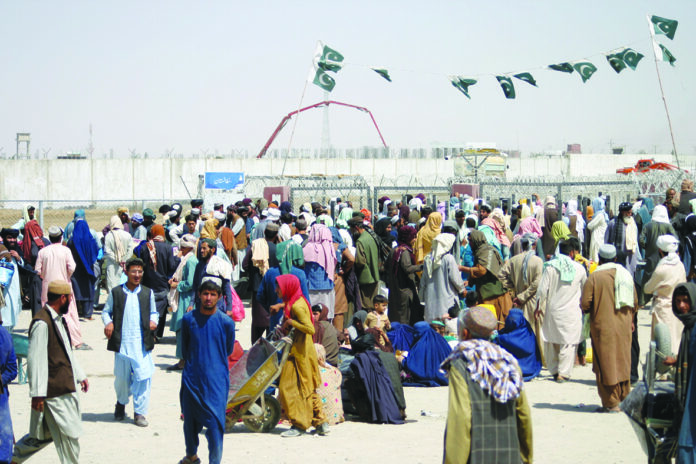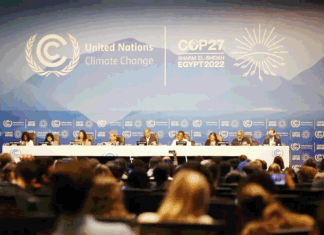Since the Taliban’s return to power in August 2021, Pakistan has faced a sharp escalation in threats from the Tehrik-e-Taliban Pakistan (TTP). The Afghan regime has granted sanctuary to TTP leaders and fighters, enabling them to reorganise, strengthen command structures, and plan cross-border operations with little warning. Afghanistan now hosts over two dozen UN-designated terrorist groups—including the TTP, Islamic State–Khorasan Province (IS-K), and al-Qaeda—which operate freely for recruitment, training, and strategic planning. IS-K’s expansion, partly through defectors from the TTP, further underlines the fluid alliances within jihadist networks.
Taliban support for the TTP goes beyond offering safe havens. Financial aid—such as a monthly transfer of roughly three million Afghanis (about $43,000) to the family of TTP chief Noor Wali Masoud—funds arms procurement, militant infrastructure, and complex multi-stage attacks. Over the past two years, the TTP has established new training and recruitment hubs in Kunar, Nangarhar, Paktika, and Khost provinces, offering ideological indoctrination, weapons training, and logistical planning. Some recruits even come from Taliban ranks, later deploying their skills in suicide bombings and ambushes inside Pakistan. This entire situation exposes the glaring contradiction in the Taliban’s stance. On one hand, they claim to reject terrorism; on the other, they actively support the TTP—a group responsible for spilling the blood of Pakistan’s soldiers and civilians. Their actions reveal a lack of genuine commitment to Afghanistan’s welfare and development. A government truly invested in stability would not support violence or host hostile elements that destabilise the region.
Geography further complicates the challenge. The rugged, porous Afghanistan–Pakistan border allows militants to infiltrate Pakistan, strike, and retreat with ease. The TTP’s war chest is swelled by Afghanistan’s narcotics trade—producing about 80% of the world’s opium and a fast-growing methamphetamine industry. Revenues from drugs fuel recruitment, weapons purchases, and bribery, deepening instability along the frontier. In recent months alone, more than 600 attacks from Afghan soil have targeted Pakistan, from suicide truck bombings to IED blasts and coordinated assaults like the deadly Mir Ali army base attack.
The threat is no longer confined to physical territory. Extremist groups such as the TTP, Balochistan Liberation Army (BLA), and Balochistan Liberation Front (BLF) have entrenched themselves in the digital space, using social media to glorify violence, recruit members, and spread fear. While Pakistan’s traditional media is largely free from such propaganda, the online arena remains a critical battleground.
In response, Pakistan has launched a sweeping campaign to block terrorist-operated accounts, reporting hundreds linked to proscribed groups across major platforms. Many have already been removed with the cooperation of tech companies, though responsiveness varies—Facebook, TikTok, and Telegram have shown strong collaboration, while others lag. Islamabad continues to push for permanent suspensions, AI-driven content detection, and real-time coordination with regulators.
The anti-state propaganda driving this campaign is a serious threat. While the crackdown is commendable, Pakistan must expand its counter-strategies. Just as the state uses electronic and mainstream media to promote its narrative, it should actively harness digital platforms—where public engagement is highest—to counter extremist messaging quickly and effectively. Digital dominance is no longer optional; it is essential to winning the narrative war.
The way forward requires a dual approach. Pakistan must work with regional partners to deliver a clear message to the Afghan government—through both kinetic and non-kinetic means—that support for terrorism will not be tolerated. Simultaneously, it must strengthen its information warfare capabilities to outpace extremist propaganda online. Terrorism recognises no borders; if Afghanistan continues to harbour it, the threat will inevitably consume its own stability.






















tcf4ta